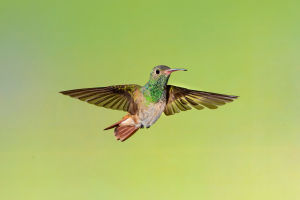In nature, there are herbivores and carnivores, and they depend on each other and restrict each other. To survive, carnivores have evolved a whole body of skills, some have strong limbs, some are very flexible, and some have sharp teeth.
Their characteristics of them are all unique secrets for the convenience of hunting herbivores so that they can survive in nature. And today, what we want to introduce to you is also a carnivore, which is the lynx.
Lynx belong to the cat family, but it is much larger than domestic cats. It has a strong physique, an extremely short tail, a body of tendons, and flexibility. Its ears are covered in black tufts and its cheeks have long pendulous hairs.
The upper body is light brown, khaki brown, light gray brown or hemp brown, or grayish white mixed with a light brown tone. The belly is light white, yellowish white or sandy yellow, somewhat like a leopard. The second is that its abdomen is light white, yellowish white or sandy yellow.
All lynxes are found in the northern hemisphere. And from the perspective of habitat, they prefer cold and snowy areas in the north. Lynx is a cold-loving animal, basically a product of the cold regions of the northern temperate zone, and is also extremely adaptable.
Lynx is distributed in plateau meadows, alpine deserts, coniferous forests, mixed forests, rocks, and bushes. They are less dependent on water sources than other animals and are more resistant to hunger. Therefore, there are traces of lynx in most of the northern hemisphere.
The lynx is a very ferocious beast. Although it is small in size, it has a very strong attack power and is very fast. From the appearance, the lynx looks like a big cat. Some people also say that it looks like a wolf, and some places call the lynx a little tiger.
The lynx is not as powerful as a pack of wolves, but it is a good hunter with both intelligence and courage in the jungle. Lynxes can even run at speeds up to 80 kilometers per hour. Moreover, it can not only climb trees and mountains but also swim in rivers, which can be said to be a combination of various skills.
The main food of the lynx is hares, squirrels and various birds, and sometimes they also hunt and kill the young of some mammals. Like a very patient sniper, it can also wait for its prey in place, without moving for days and nights.
Lynxes are good at ambushes. It often hides behind bushes and rocks, and when prey approaches, it catches the prey as quickly as possible. If the prey escapes by chance, it will return to the same place again, waiting for the arrival of the next prey.
In addition to special predation skills, lynx's intelligence is also reflected in avoiding natural enemies. Like other cats, lynxes are generally nocturnal. The habit of hiding at night and going out at night reduces the number of times it encounters snow leopards, tigers, bears and other natural enemies.
Although the visual system of the lynx is very developed, it can prevent itself from being attacked at night. But when encountering natural enemies occasionally, lynxes still have their escape methods. As soon as it senses danger, the lynx will quickly run up to the nearby trees.
The number of snow leopards has declined dramatically in recent years. So for lynx, it has no natural enemies to hunt and kill, so the number of lynx is also growing rapidly.


